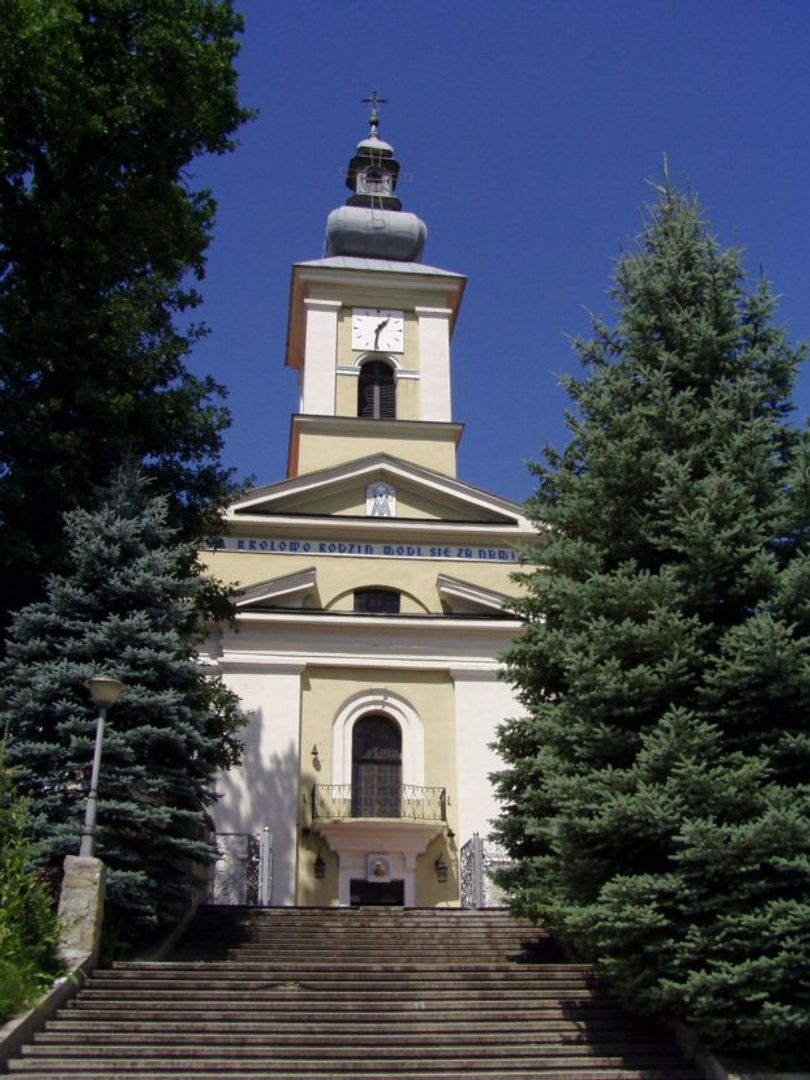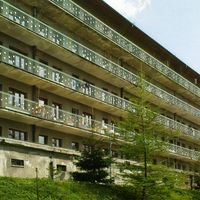Makow Podhalanski
6.45

Overview
Maków Podhalański is an urban-rural municipality in the Lesser Poland Voivodeship, within the Sucha County, with the town of Maków Podhalański serving as its administrative seat. The municipality covers an area of 108.94 km², dominated by forest land (47%) and agricultural land (45%). It is inhabited by approximately 16,200 people (as of December 31, 2017) and offers favorable conditions for tourism development, particularly as a base for exploring the Żywiec and Maków Beskids. Thanks to its climatic advantages, Maków Podhalański gained significance in the 20th century, leading to the development of tourist infrastructure. The municipality in its current form was established in 1973, and in 2005, public consultations were held regarding its division, which, however, did not result in any changes. The history of the municipality dates back to the second half of the 14th century, with the first mentions originating from the 15th century in documents concerning settlements and parishes that quickly gained importance. Maków was known for its craftsmanship, especially in the production of wooden barrels for the salt mines in Wieliczka. In the 19th century, the village obtained town rights, and until the early 20th century, it was the seat of the county. Among its historical landmarks, the late Classicist 19th-century church with the painting of the Mother of God of Maków and the remains of the "Maurycy" ironworks stand out. The municipality is also the birthplace of notable individuals, such as ice hockey player Andrzej Chowaniec and biathlete Grzegorz Guzik, highlighting its impact on local culture and sports. An interesting fact is the commissioning of the private Blachdom Plus landing site in 2013, demonstrating the dynamic development of the region. The municipality borders areas such as Budzów, Zawoja, Jordanów, and Sucha Beskidzka, making it part of the culturally and naturally rich region of Lesser Poland.
Location
You can also find here:
2025 Wizytor | All Rights Reserved

